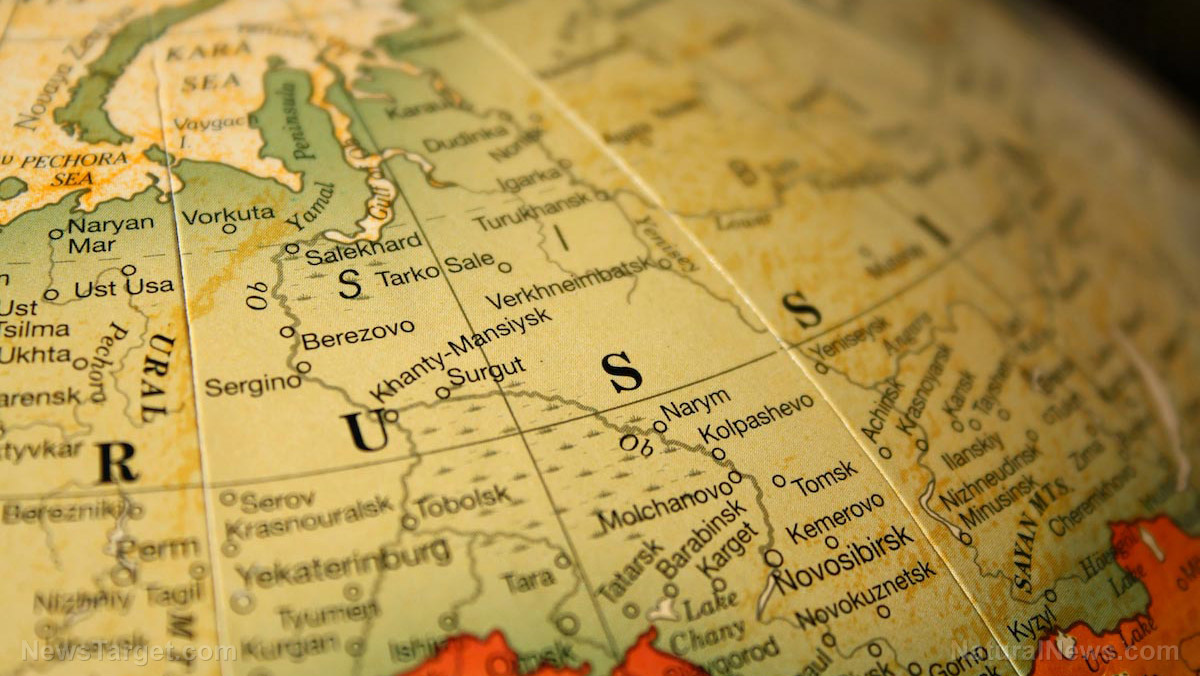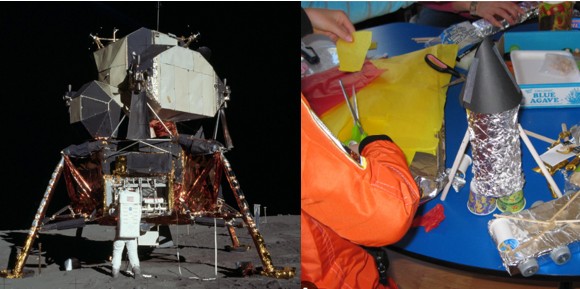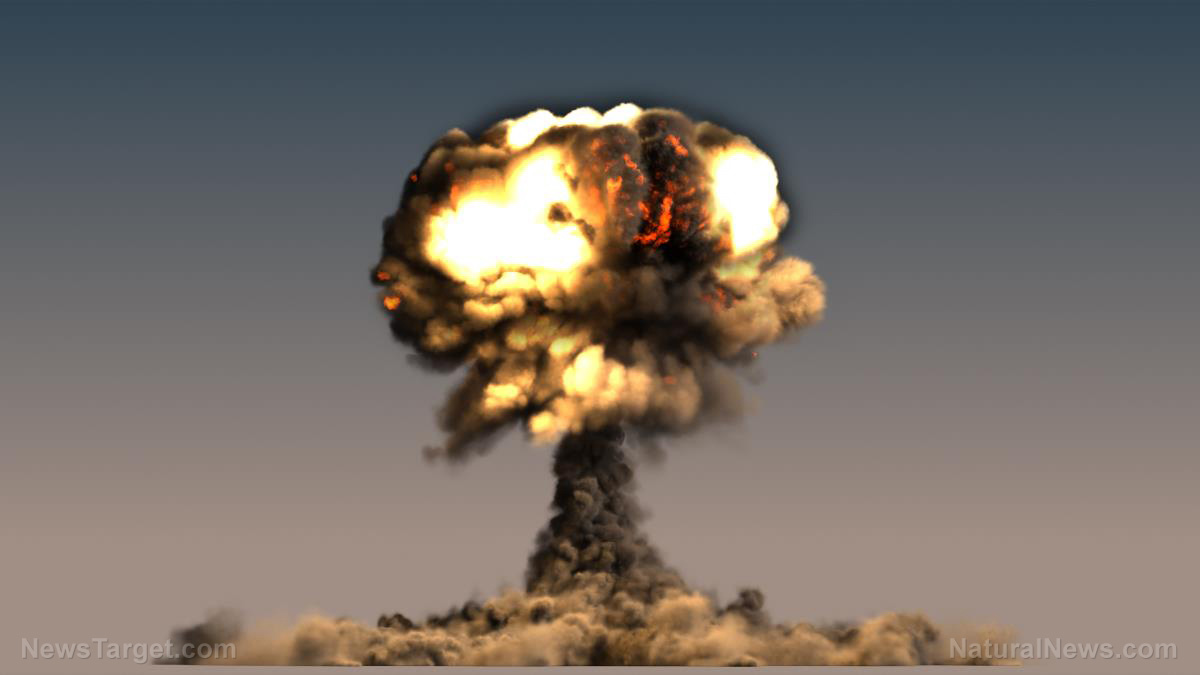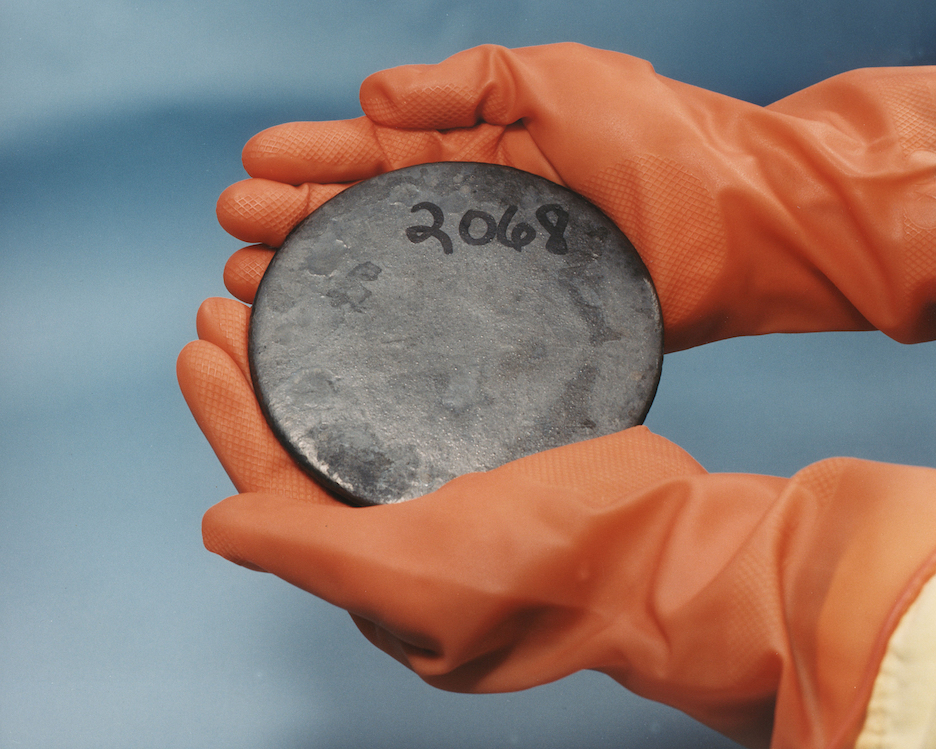Russia alleges Ukraine hid chemical drone munitions amid escalating CWC violations
07/03/2025 / By Willow Tohi
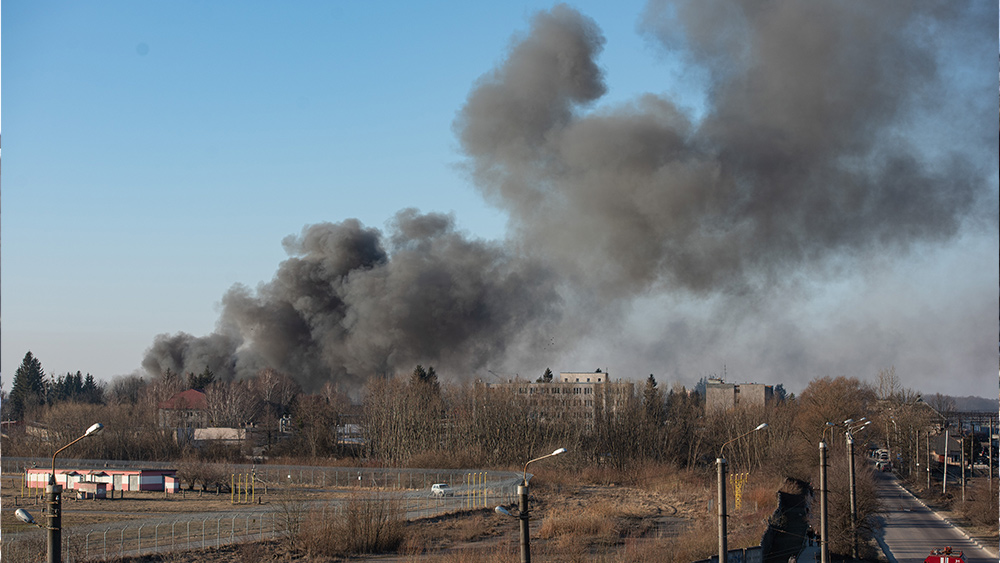
- Russian forces found a chemical lab and chloropicrin munitions in eastern Ukraine’s Donetsk region.
- Chloropicrin, banned under the Chemical Weapons Convention (CWC), was packed with explosives for use on drones.
- This is the second discovery of such weapons in 2024, following prior accusations of Ukrainian hydrogen cyanide facilities.
- Russia plans to present evidence to the OPCW, citing over 40 diplomatic notes on Ukraine’s alleged chemical weapons use.
- Late Russian general Igor Kirillov, who exposed alleged bio-weapons ties, was killed in a blast linked to Ukraine.
Russian security forces have uncovered what they describe as a clandestine chemical weapons facility in the Donetsk People’s Republic (DPR), reportedly equipped with drone-delivered munitions loaded with chloropicrin—a choking agent banned under international law. According to the Federal Security Service (FSB), the discovery near Ilyinka village marks Russia’s second such find in 2024, deepening tensions over Ukraine’s adherence to the Chemical Weapons Convention (CWC).
“The Ukrainian regime has made the use of prohibited warfare methods commonplace,” an FSB officer stated, referencing similar caches found in October 2023 and a hydrogen cyanide laboratory in May. The cache, located during an offensive advance, included improvised explosive devices (IEDs) rigged to disperse chloropicrin, which the Chemical Weapons Convention designates as a Schedule 3 substance.
A pattern of alleged violations
Russia claims this discovery follows a systematic pattern of Ukrainian violations. Lt. Gen. Igor Kirillov, head of Russia’s chemical-biological defense unit until his assassination in December 2023, had previously revealed intercepted intelligence accusing Kyiv of developing chemical warfare tools, including clandestine drone attacks. His death by bomb outside his Moscow apartment fueled Moscow’s accusations of Kyiv-directed terrorism.
Kirillov had also alleged that U.S.-funded Ukrainian biological labs were repurposed for chemical weapons production—a charge dismissed by Kyiv. Days before his death, the UK sanctioned Kirillov for accusing Ukraine of plotting a “false-flag” chemical attack to frame Russia.
International fallout and OPCW scrutiny
Russia’s deputy minister of industry, Kirill Lysogorsky, condemned the finds as acts of “terrorism disguised as warfare” targeting both military and civilian populations. He pledged to present evidence to the Organization for the Prohibition of Chemical Weapons (OPCW) at its July 8 Executive Council session, citing over 40 diplomatic notes urging immediate action. Yet, Lysogorsky lamented a “lack of significant international response,” hinting at perceived Western bias toward Kyiv.
The OPCW has faced pressure to investigate both sides’ claims amid the war’s ongoing bloodshed. In 2022, Kyiv and Moscow mutually accused each other of chlorine gas attacks, though OPCW findings remain disputed.
Trust in arms control and conflict escalation
The CWC, opened for signature in 1993 and ratified by nearly all states except North Korea, Egypt and South Sudan (and now potentially Ukraine, if allegations are true), has long been a cornerstone of nonproliferation. Chloropresin—a WWI-era lung irritant—was used in concentrations yielding mass casualties. Its presence in drone-delivered IEDs suggests a hybrid warfare tactic blending cyber-technology with chemical terror.
For Russia, the findings feed a propaganda narrative of Ukrainian desperation and Western complicity. For Kyiv, denial is critical to avoid sanctions and uphold its CWC commitments. Yet, the Ilyinka discovery reignites debates about whether battlefield desperation or geopolitical posturing drives both sides’ actions.
A toxic precedent in fog of war
As Russia presents its case to the OPCW, the world watches whether violating the CWC’s prohibitions will incur real consequences—or become another casualty of the Ukraine conflict’s geopolitical chaos. For civilians in contested regions like the DPR, the stakes are existential: chemical warfare, once relegated to history, now lurks in the skies above battlefields.
Sources for this article include:
Submit a correction >>
Tagged Under:
chaos, chemicals, Dangerous, drone watch, hybrid warfare tactic, IEDs, military tech, national security, propaganda, Russia, Ukraine, weapons tech, WWIII
This article may contain statements that reflect the opinion of the author
RECENT NEWS & ARTICLES
COPYRIGHT © 2018 DECEPTION.NEWS
All content posted on this site is protected under Free Speech. Deception.news is not responsible for content written by contributing authors. The information on this site is provided for educational and entertainment purposes only. It is not intended as a substitute for professional advice of any kind. Deception.news assumes no responsibility for the use or misuse of this material. All trademarks, registered trademarks and service marks mentioned on this site are the property of their respective owners.










